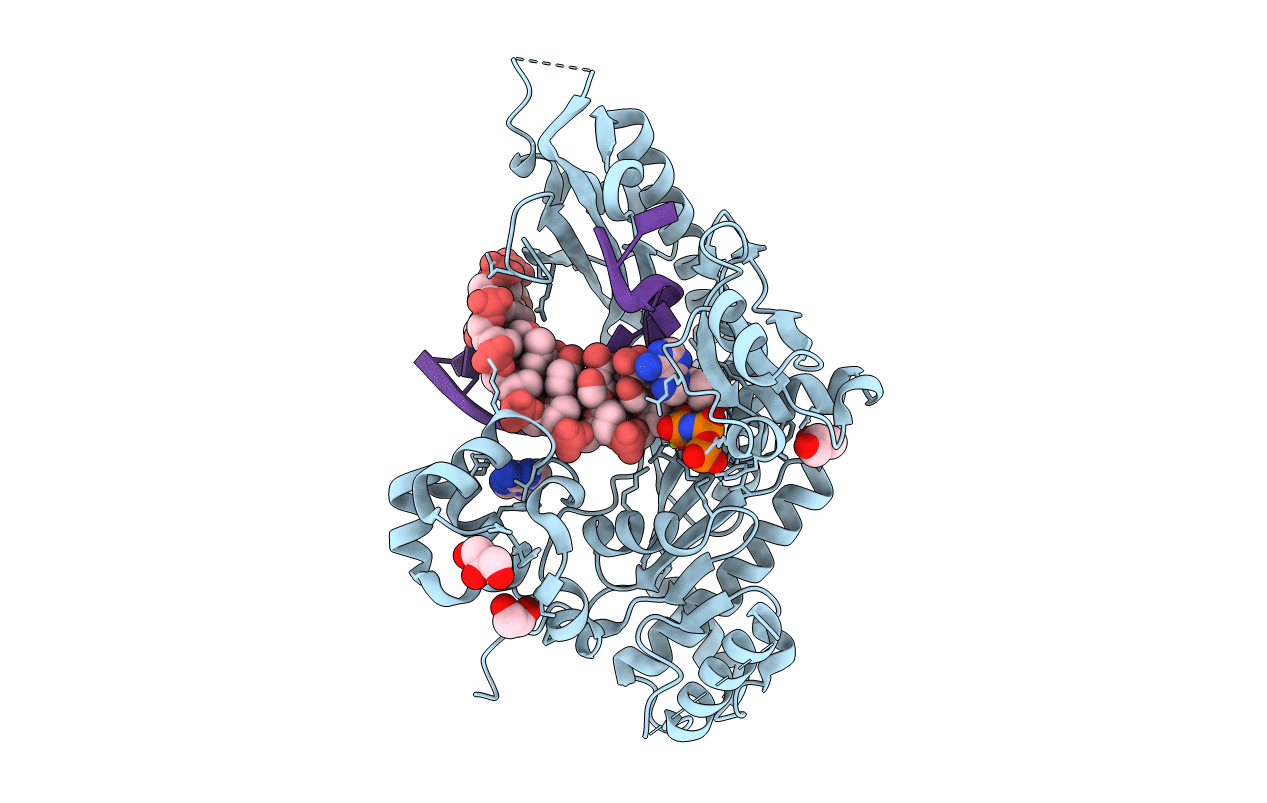
Deposition Date
2021-03-28
Release Date
2021-06-02
Last Version Date
2023-10-18
Method Details:
Experimental Method:
Resolution:
1.46 Å
R-Value Free:
0.21
R-Value Work:
0.18
R-Value Observed:
0.18
Space Group:
P 61


